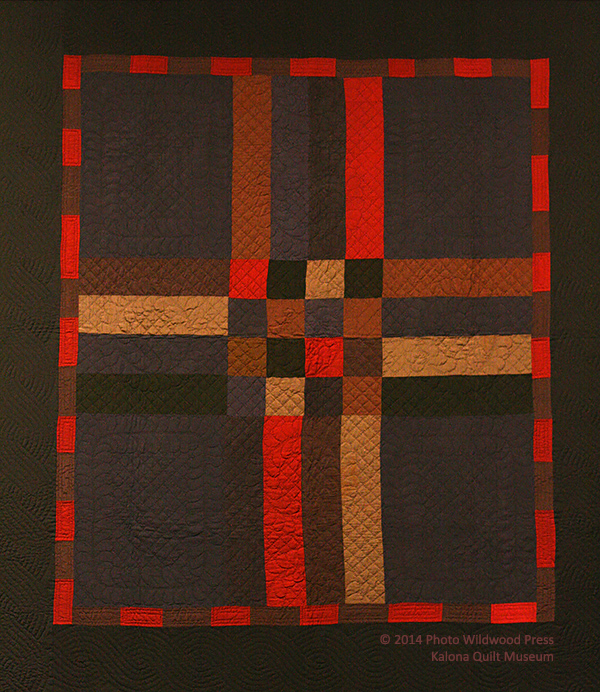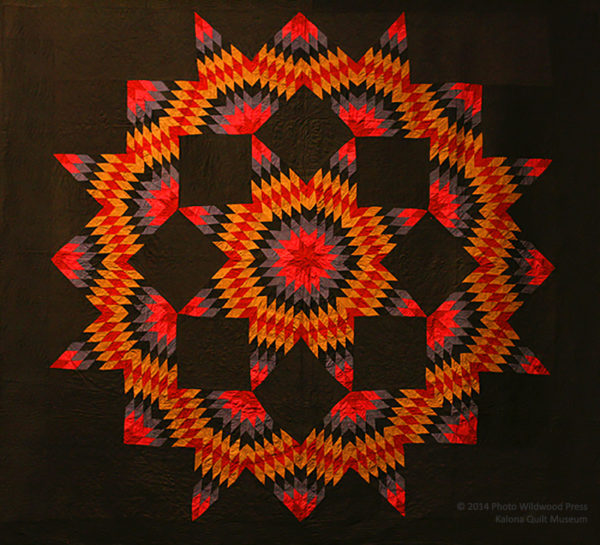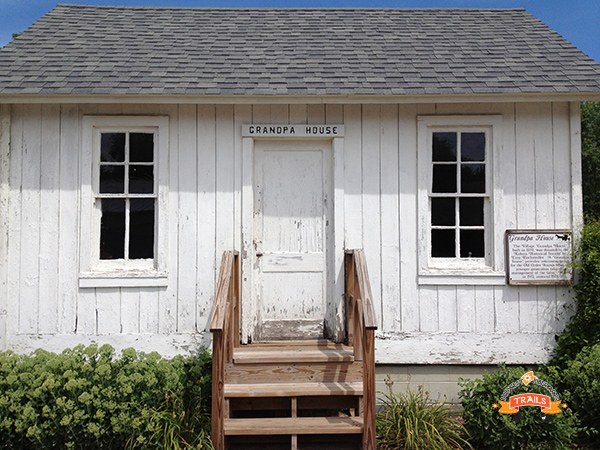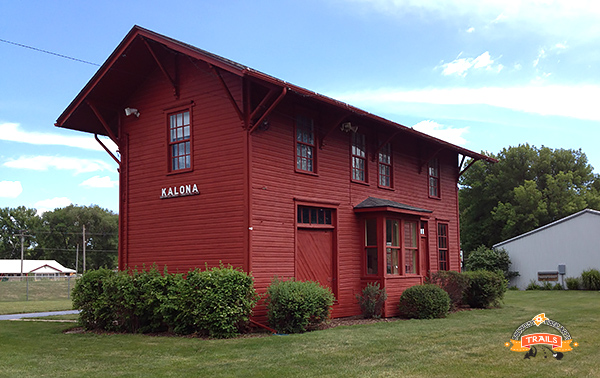
My drive that August morning included a bit of traveling down memory lane. I attended the university in Iowa City about ten miles east. Catching the occasional glimpse of Old Cap’s shiny gold rotunda on the horizon, it beckoned memories of a very much enjoyed collegiate life. The inevitable “have I done anything important?’ question flitted through my mind, but I shooed it away with the good feeling that what I was doing that day was very important to me.
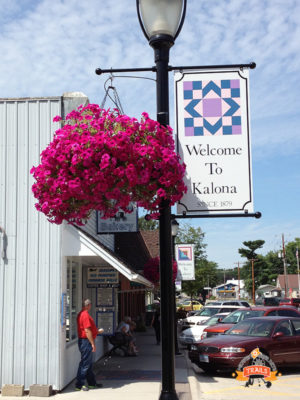

When I arrived for the meeting, the place was packed with quilt study group members. The typical hubbub before a big event kicks off with busy registration tables and people asking questions over one another but as soon as I walked in–they looked up and called me by name. Now that doesn’t happen often so when it does, I feel like a million bucks; good guess on their part or not!
Julie Silber’s presentation was well researched and informative. The Classic Period of Amish Quilts dates from around 1880 to 1950. It’s not really known how or why Amish women started making quilts because quilting did not come with them from Europe although research has turned up a possible connection with Welsh miners in the Lancaster county area. It is a textile tradition that began in their communities in Pennsylvania. The Amish quilts in Lancaster County are most famous for their large color block design that many have compared to modern art. Each county, by which Amish communities are referred, has their own style that was largely determined by their level of prosperity. In Lancaster County, the large quilts use yards of dressmaker weight wool. In neighboring Mifflin county, where the community was not as prosperous, the quilts use smaller pieces of wool fabric, possibly leftover from dress and clothing making. As the Amish population moved westward into the Midwest, the quilts are made from less expensive cotton and have smaller piecing in the quilt block. Of course many variables go into this equation; no ready access to wool, peddlers peddling cotton, beginning a new tradition and so on.
Julie made an interesting contrast between Amish and English (everyone who is not Amish) quilters. English quilters look for meaning and analyze the why behind their work; seeking out the story. On the other hand, Amish view their quilts from a practical perspective and as one of the tenets of the Amish belief system is humility, they don’t talk about their work or themselves from the point of view of ‘discovery.’ Does the beauty of the quilts go against Amish belief in simplicity? I don’t have an answer to that question, nor am I qualified to offer an opinion. When examining the images in this story note the use of black, lack of white fabric and the highly elaborate hand quilting that uses color on color thread.
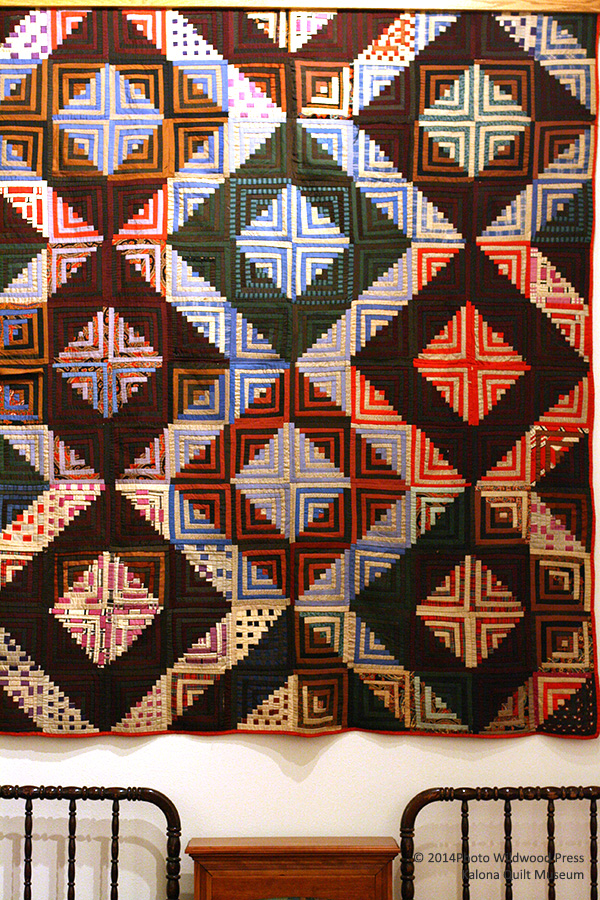
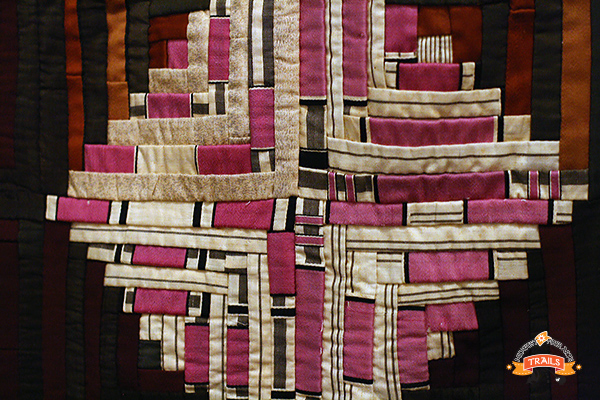
The next leg of this road trip takes you further into lovely Washington County to the proclaimed Barn Quilt Capital of Iowa. The Governor of Iowa issued a Certificate of Recognition to the Washington County Barn Quilters for their efforts to “Preserve our Heritage in a Modern World.” (Lots of captial letters in THAT sentence!) Their committee members, of whom many are listed as avid quilters, are named on their website. I would also like to mention the outreach and services provided by Iowa State University’s Extension Service and local 4-H clubs in this community-wide endeavor. To date there are 115 barns within the county that feature unique quilt blocks. Note to travelers: this particular Barn Quilt website is under construction and parts of it are kind of wonky at this moment. The map is mostly up to date. There are three quilt blocks on Amish farms whose barns have fallen in. And there are a couple of new barns that haven’t made the updated list. The new site should be up and running by Fall, 2014.
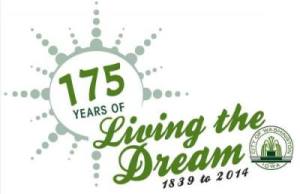
I would like to thank Marilyn Woodin for her time last August, graciously showing me around Kalona, driving me out to an Amish farm where I purchased an amazing blueberry pie!! Marilyn also let me run wild through the exhibits and take whatever pictures I wanted to take. I did not use a flash. I really thought I would write this story much earlier, but some things have their own time. –Jenny
Kalona Quilt and Textile Museum
Barn Quilts in Washington County, Iowa

